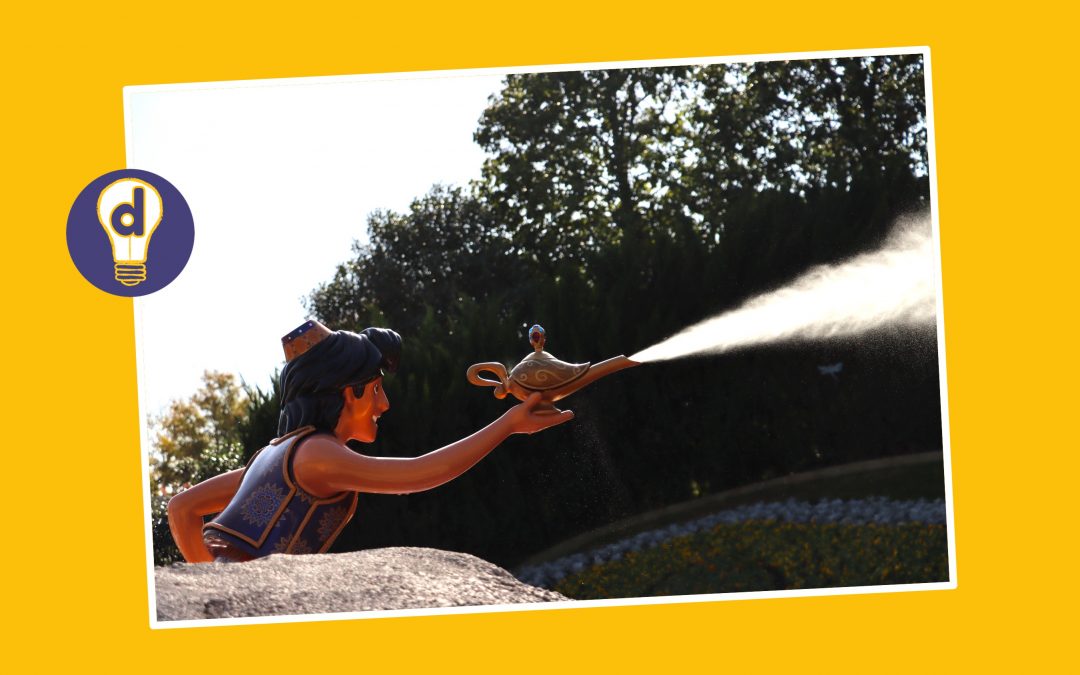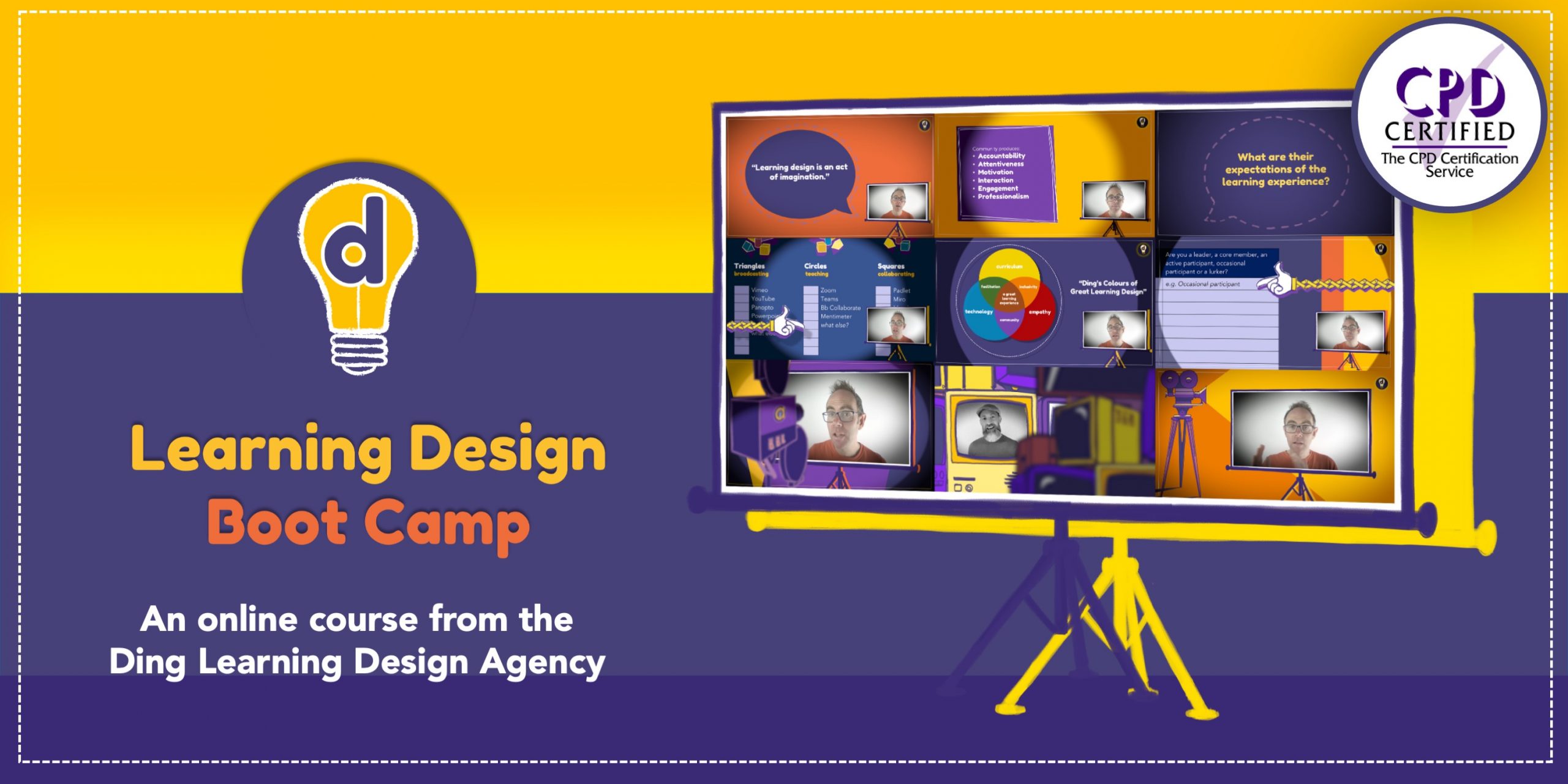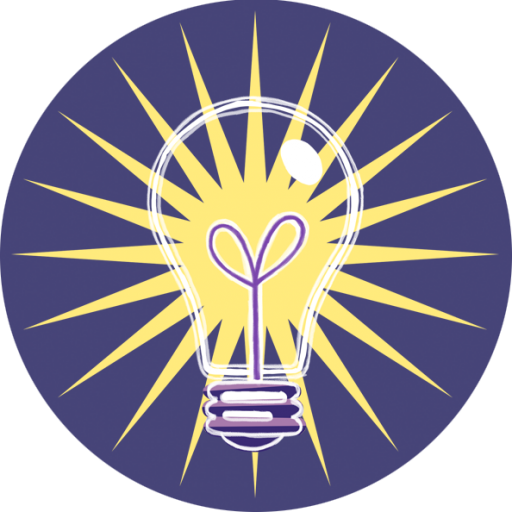Some two months after the launch of OpenAI’s ChatGPT, a LinkedIn tech editor asked how I felt about students writing essays with it. Swiftly I replied: ‘There’s a whole industry out there writing essays for students; ChatGPT will do this for them for free.’
‘Free’ comes with caveats: this new AI tool will almost certainly need discriminating prompts and requests for adjustments from a student to produce essays that might pass. And the undiscriminating student may find the answer they have submitted via ChatGPT isn’t quite what the question asked for (Chat doesn’t know whether the answers it generates are true – though the next generation of AI probably will). It may also be wearily verbose where it could usefully have been prompted to cut down or summarise. It will need to be prompted to produce quotes, but it won’t be reliable on references.
Putting ChatGPT to work
There’s quite a lot here for a student to get their mind round, and they may be developing critical judgment and problem-solving skills of a high order while using ChatGPT. In this connection, Lee Griffin of the University of Warwick writes on LinkedIn:
“Make it part of the question. “Use AI to generate an answer to [question]. Now critique and reference it… Work with the thing. Don’t fight it.”
So good – and much better that than the New York City education department’s decision to ban it from all their schools: instead, teach children/students how to get the best out of this new resource and recognise the critical thinking skills it can be used to develop. These NYC children will be using AI in the workplace eventually, and to come out of school without an understanding of its potential seems pretty short-sighted – to say the least.
The focus so far has been on cheating in essays – wringing of hands and catastrophising – but ChatGPT can offer much more of value, and wouldn’t we want our students to have this and understand how to get the best out of it?
A dyslexic early adopter of ChatGPT has been using it to speed up and clarify the reports he needs to produce. He may use it to rewrite something he’s produced, asking it to make his text easier to read or shorter or maybe catchier; he uses it to find language that is more appropriate or words that he can’t immediately summon up. He recently asked it to summarise a report in three sentences. Done immediately. This man is an entrepreneur; ChatGPT has freed him from some of the tiring, sometimes tiresome but necessary communication that takes him away from his creative practice.
Benefits and risks of ChatGPT in learning design
As with any new technology, ChatGPT presents both benefits and challenges for learning designers and academics. Let’s start with the positives: ChatGPT will hopefully improve course documentation. For starters, those sometimes dreary, puzzling paragraphs in course and module handbooks that could be so much clearer and snappier – ChatGPT can transform them. Instantly.
At the next level up, will it design a course for me with a bit of raw material input and a couple of prompts? The answer is, well, not really – yet: it may give you a basic design of some kind if used judiciously, but you’ll certainly have to put in some time on developing this starter pack if you’re to produce a course of any value.
Sean McMinn of Hong Kong University of Science and Technology set ChatGPT the task of creating learning outcomes for an English course using prompts on the taxonomy for these outcomes. He then asked the tool for ‘draft assessment plans, rubrics and lesson plans based on the ILOs’. He goes on:
“Within minutes, I had the makings of a new course – or the concept of one, anyway. Results were only as good as the prompts I gave, and I still needed to rely on my knowledge of instructional design to evaluate the content within a Hong Kong university context.”
But there are clearly some new negatives to navigate in this brave new world. Simon Atkinson notes that any algorithm is only as effective as the data used to train the model, and consequently there is a very real danger of reinforcing existing biases. If the data that ChatGPT draws on is biased, and it almost certainly will be, its output will be biased. This increases the risk of unfair treatment of particular students, or groups of students. As learning designers, we will therefore need to spend more time on the very human task of ensuring that learning outcomes created by ChatGPT will not increase discrimination.
In a tentative review of the field of generative AIs, Gozalo-Brizuela and Garrido-Merch´an provide a more technical insight into the inner workings of these algorithms. They too highlight the issues inherent in training these models, and the risks of bias creeping into to decision-making. While many people may be concerned with the end of the essay, the dangers of bias represents for me a much more serious risk as these tools become more widely used.
The genie is out of the bottle
ChatGPT reminds me of the genie in the story of Aladdin. It’s out of the bottle, and you can’t put it back in. But (at least for the time being) its wish is our command. Sometimes us humans invent something that creates a paradigm shift, and then we have to learn to live in the new paradigm. ChatGPT speeds up the process of creating text, no doubt about that. But it’s a long way from telling me whether what the text it’s produced is useful and relevant to what I need.
As learning designers, ChatGPT shifts our work more towards asking better questions, and imagining more fully the human experience that could be created by the outcomes produced. It moves our focus more towards empathising with our intended learners, and on spending more time developing inclusive and equitable access to learning experiences. And that is no bad thing.
So, on the one hand, perhaps – boo; but on the other, phew: I haven’t been techno’d out of a job yet.
You might also like:
- McMinn, S. (2023) ChatGPT killed the classroom star: AI’s rise means it’s times to rethink teaching and testing. South China Morning Post
- Atkinson, S. (2022) Empowering learners for the world of AI: a reflection.
- Gozalo-Brizuela, R. and Garrido-Merch´an, E. (in press) ChatGPT is not all you need. A State of the Art Review of large Generative AI models.
Thank you to:
- Ray Martin for help with researching and producing this article.
- Taha on Unsplash for a fabulous photo!
Interested in learning design?
Then you might like our Learning Design Bootcamp.
Download the brochure to find out about the activities and assignments, and have a look at some of the course videos
You can also book a call with the Ding team who will answer all your questions!



